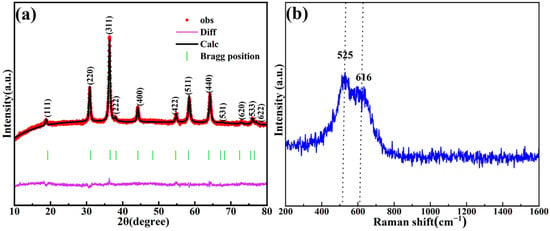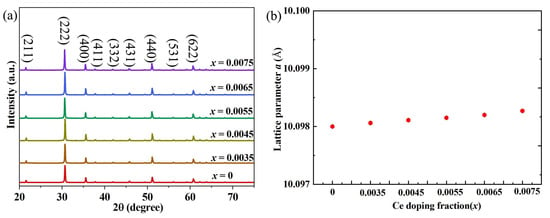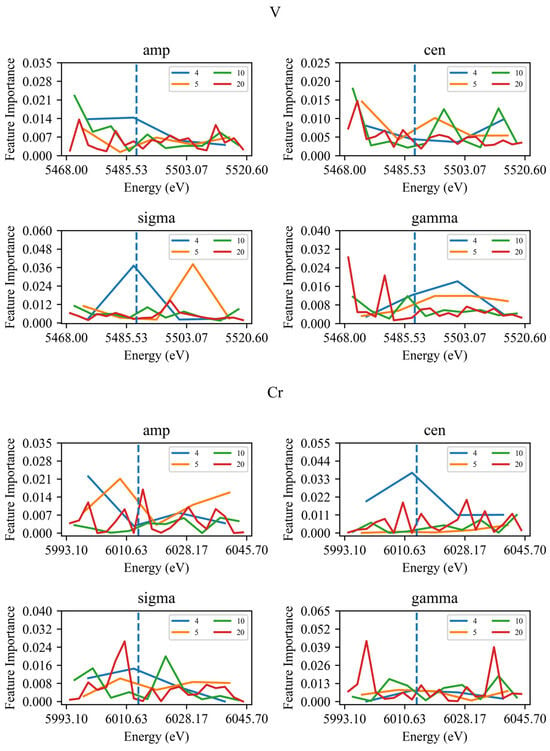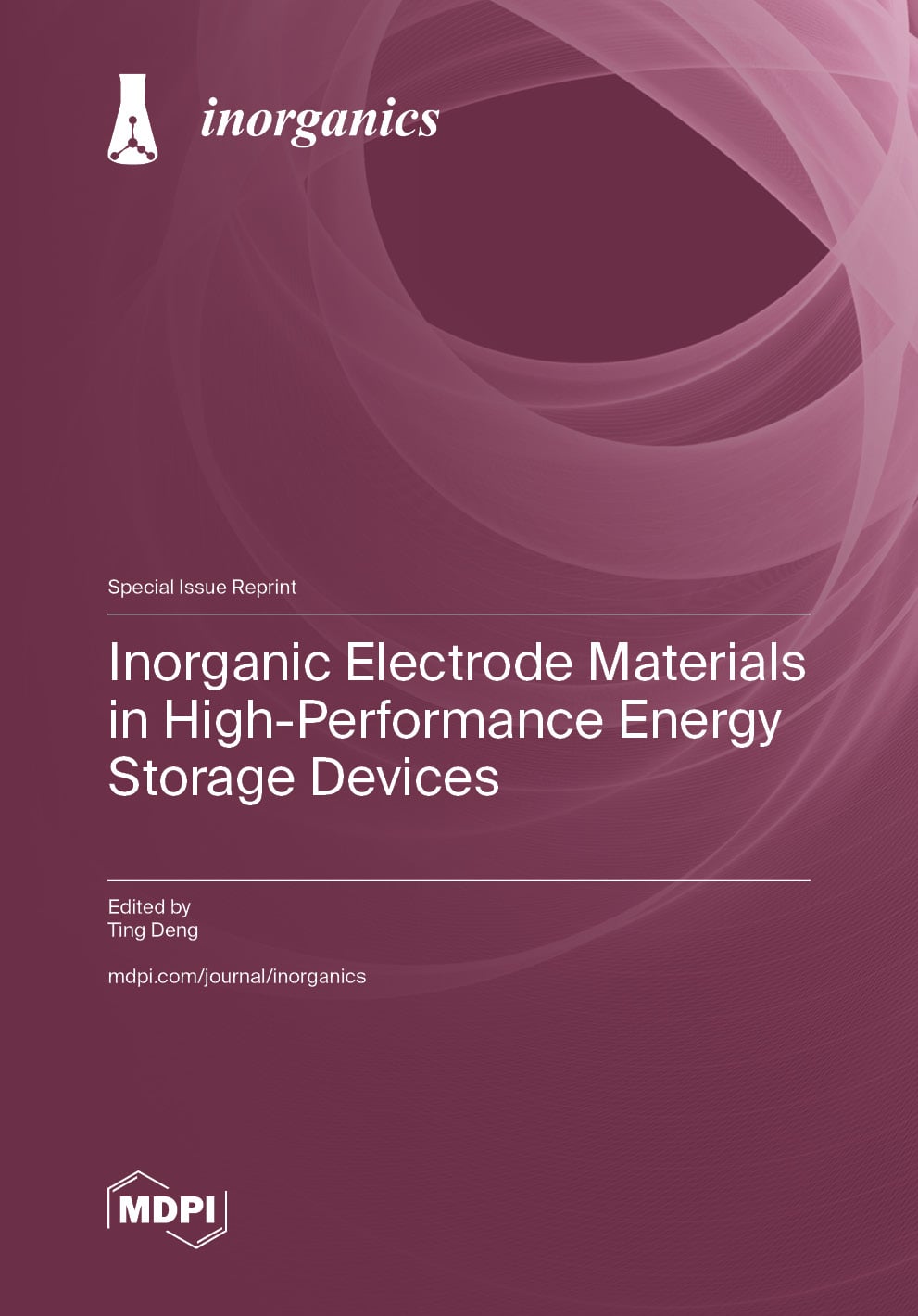- Article
Synthesis and Lithium Storage Properties of Spinel (Al0.2Mn0.2Co0.2Ni0.2Zn0.2)3O4 High-Entropy Oxide
- Changqing Jin,
- Mingyu Yuan and
- Dengyu Tian
- + 5 authors
High-entropy oxides (HEOs) have garnered significant interest as next-generation anode materials for lithium-ion batteries (LIBs) due to their high theoretical specific capacity and excellent structural stability. This study successfully synthesized spinel-structured (Al0.2Mn0.2Co0.2Ni0.2Zn0.2)3O4 HEO via a sol–gel method. The material was characterized by XRD, Raman and TEM, confirming a homogeneous single-phase spinel structure, with uniformly distributed elements-a hallmark of HEOs. Electrochemical tests demonstrated a stable cycling performance (438 mAh g−1 at 100 mA g−1 after 100 cycles and 350 mAh g−1 at 1 A g−1 after 1000 cycles) and rate capacity of 159 mAh g−1 at 2 A g−1, The remarkable long-term cyclability and good rate capability highlight the potential of this HEO for practical applications in durable, high-power lithium-ion batteries. This work underscores the advantage of incorporating structurally stabilizing elements in HEOs for advanced energy storage.
19 December 2025






